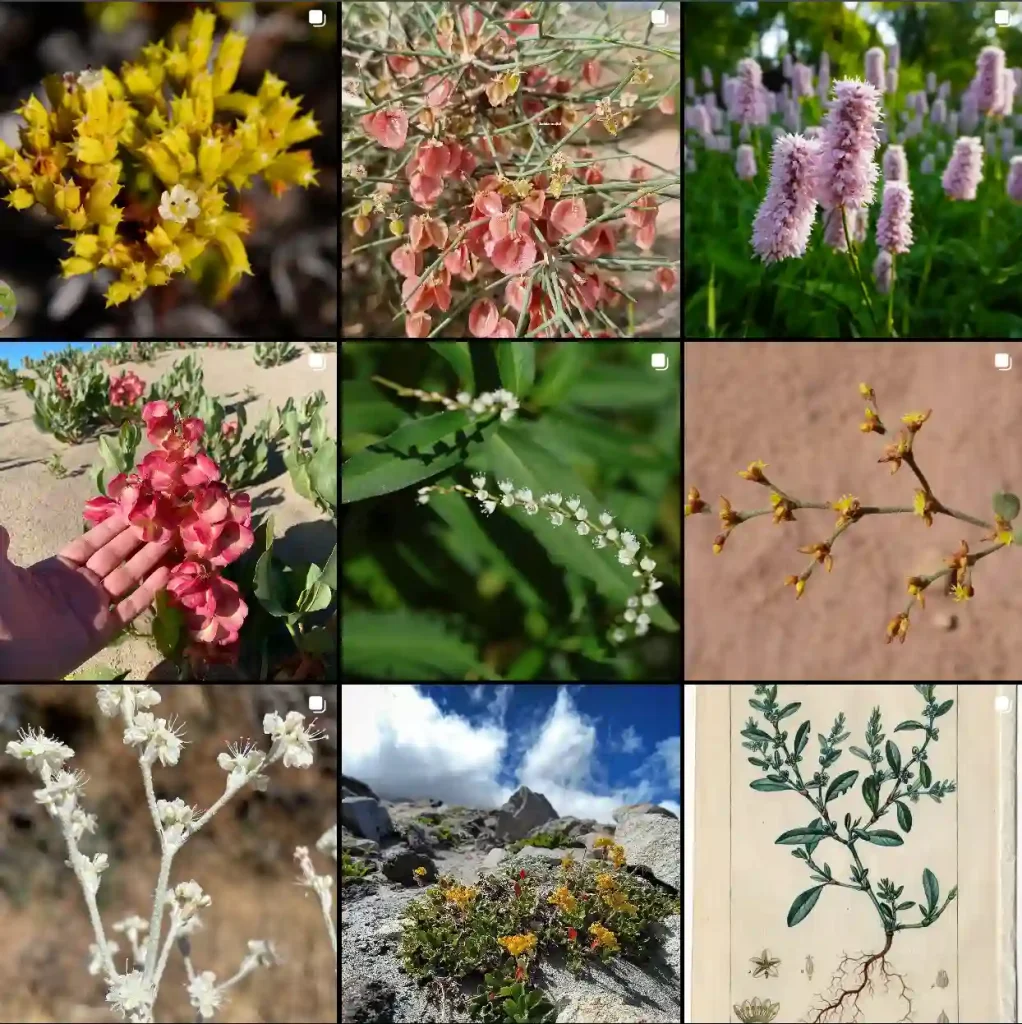What is Anthriscus Caucalis?
Anthriscus Caucalis, commonly known as Bristly Anthriscus, is a perennial herb native to Europe and parts of Asia. It’s part of the Apiaceae family, which also includes carrots, celery, and parsley. This plant is known for its delicate, fern-like foliage and small, white flowers that appear in umbels. It thrives in temperate climates and can often be found in meadows, woodlands, and grassy slopes.
Plant Family: 451 Genera in Apiaceae – Umbelliferae Family
How to Care for Anthriscus Caucalis?
Caring for Anthriscus Caucalis involves providing the right conditions for its growth. Here are some key points:
- Sunlight: Anthriscus Caucalis prefers partial shade to full sun. In hotter climates, some shade can help it thrive and prevent it from becoming too leggy.
- Soil: This plant prefers well-drained soil with a slightly acidic to neutral pH. It can tolerate poor soils but flourishes in rich, loamy soil. Ensure that the soil is kept consistently moist, but not waterlogged.
- Watering: Regular watering is essential, especially during dry periods. However, avoid overwatering as this can lead to root rot. A layer of mulch can help retain soil moisture.
- Fertilizing: Feed Anthriscus Caucalis with a balanced fertilizer once or twice a year to encourage healthy growth and flowering.
- Pruning: To maintain a tidy appearance and encourage new growth, you can cut back the plant after flowering. Remove any dead or diseased foliage as needed.
How to Propagate Anthriscus Caucalis?
Propagation of Anthriscus Caucalis can be done through seeds or by division:
- Seeds: Sow seeds directly into the soil in early spring or late autumn. Lightly cover the seeds with soil and keep them moist until they germinate. They usually take a few weeks to sprout.
- Division: In early spring or autumn, you can divide established plants. Carefully dig up the plant, separate the roots into smaller sections, and replant them. This method is effective for rejuvenating older plants and expanding your garden.
What to Plant With Anthriscus Caucalis?
Anthriscus Caucalis pairs well with a variety of companion plants:
- Ornamental Grasses: The fine texture of Anthriscus Caucalis contrasts beautifully with the bold, flowing forms of ornamental grasses like Miscanthus or Festuca.
- Other Perennials: Combine it with other perennial herbs like Chives or Thyme. Its delicate foliage complements the robust textures of these herbs.
- Wildflowers: Planting it alongside wildflowers such as Black-eyed Susans or Coneflowers can create a naturalistic garden look.
Is Anthriscus Caucalis Toxic?
Anthriscus Caucalis is generally considered non-toxic to humans and animals. However, it is always best to avoid ingesting wild plants without proper identification, as some plants can cause mild gastrointestinal upset if consumed in large quantities.
Benefits of Anthriscus Caucalis
- Aesthetic Appeal: With its lacy foliage and delicate flowers, Anthriscus Caucalis adds a touch of elegance to any garden. It can serve as a beautiful filler plant in mixed borders or wildflower meadows.
- Ecological Value: This plant attracts beneficial insects such as bees and butterflies, contributing to the health of your garden’s ecosystem.
- Culinary Uses: While not commonly used in cooking, the leaves can be used as a garnish or in salads. They have a mild, slightly anise-like flavor.
Common Problems with Anthriscus Caucalis
- Pests: While generally pest-resistant, Anthriscus Caucalis can occasionally be affected by aphids or spider mites. Regular inspection and appropriate treatments can help manage these issues.
- Diseases: Watch out for fungal diseases like powdery mildew, especially in humid conditions. Ensuring good air circulation and avoiding overhead watering can help prevent these problems.
- Legginess: Inadequate sunlight can cause the plant to become leggy. Ensure it gets enough light and consider cutting it back to promote a bushier growth habit.
Compare with Similar Plants
Anthriscus Caucalis vs. Anthriscus Sylvestris: While both belong to the same genus, Anthriscus Sylvestris, also known as Wild Chervil, is more commonly used in culinary applications and has a different leaf structure. Anthriscus Caucalis has a more delicate appearance compared to the broader leaves of Anthriscus Sylvestris.
Anthriscus Caucalis vs. Other Apiaceae Family Members: Compared to its Apiaceae relatives like Parsley or Carrot, Anthriscus Caucalis is less commonly used in cooking but stands out for its ornamental value. Its fine, fern-like foliage differs significantly from the more robust textures of culinary herbs.
By understanding the care requirements and benefits of Anthriscus Caucalis, you can make the most of this charming plant in your garden. Whether you’re using it for its aesthetic appeal or its ecological benefits, Anthriscus Caucalis is a versatile addition to a variety of garden settings.
If i die, water my plants!



